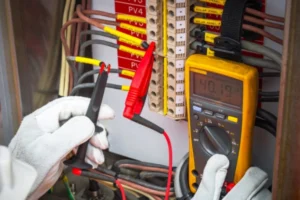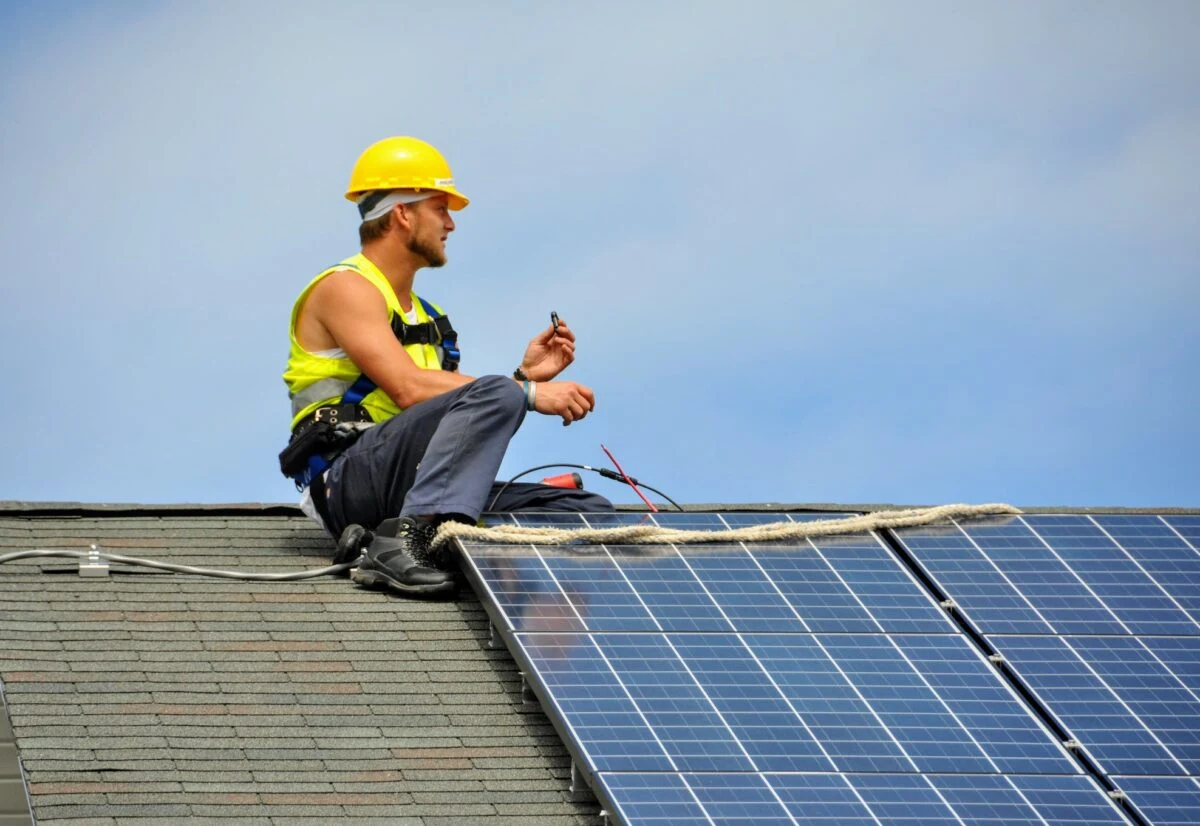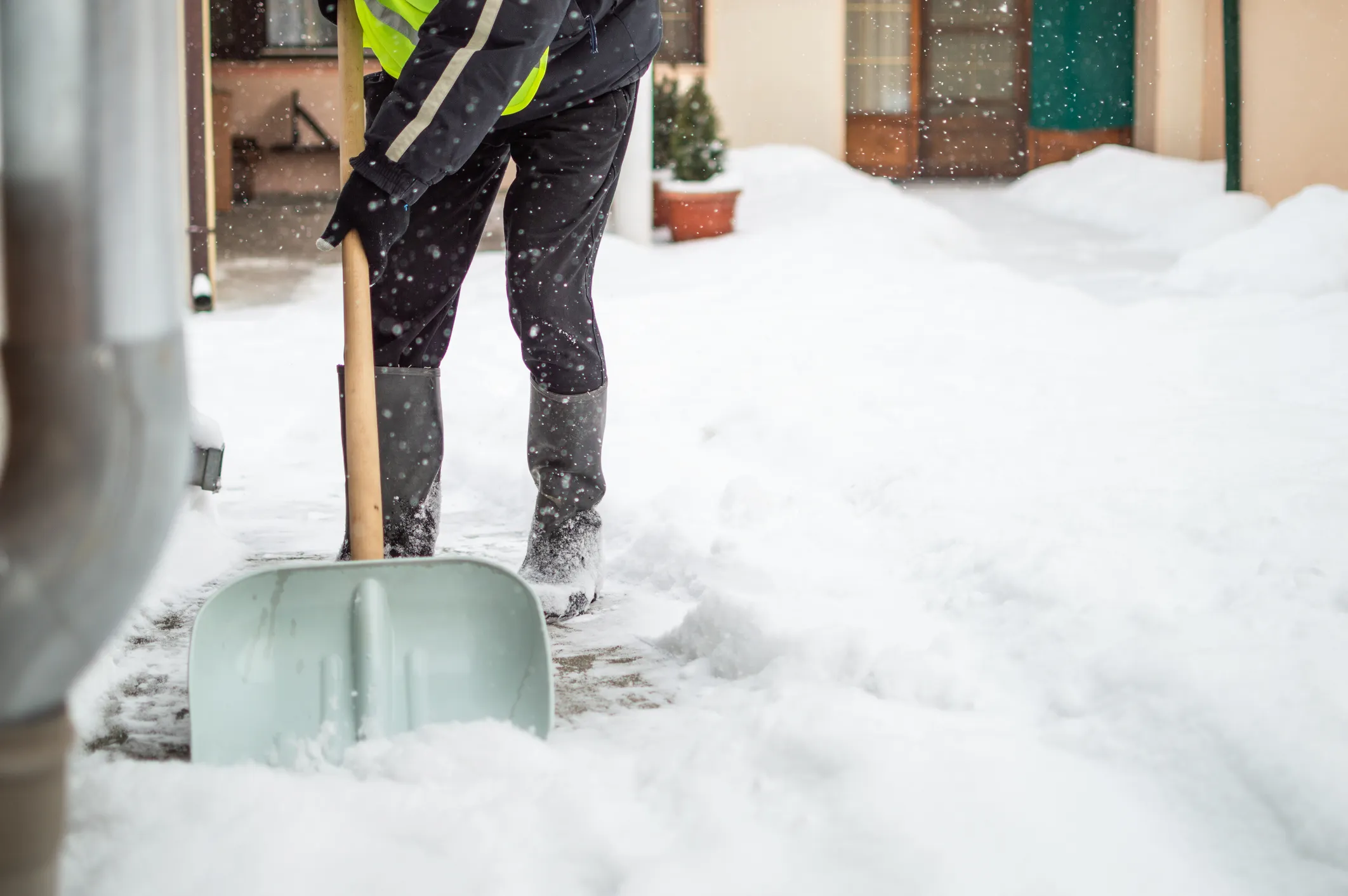Electrical safety is a critical concern in fashion studios, where equipment and materials can pose significant risks. Regular testing for faults is essential to prevent accidents. This process involves systematic inspections and the use of specialized tools. Understanding common electrical faults helps guarantee a safe working environment. If you’re wondering how to test for electrical faults, the following sections will outline key steps and preventative measures to maintain electrical integrity in studios, safeguarding both personnel and property.
Key Takeaways
- Regular inspections of wiring and equipment should be conducted to identify signs of wear or damage early on.
- Use a multimeter to measure voltage and ensure it aligns with expected levels.
- Test circuit breakers periodically to confirm they function correctly under overload conditions.
- Train staff to recognize common electrical faults, such as frayed cords or overloaded outlets.
- Maintain detailed records of all inspections and repairs to spot recurring electrical issues.
Understanding the Importance of Electrical Safety in Fashion Studios
Electrical safety is paramount in fashion studios, where a multitude of machinery and equipment are utilized for design and production. The integration of various electrical appliances necessitates a stringent adherence to safety protocols to prevent hazards. Designers and technicians must guarantee that all electrical systems are regularly inspected and maintained, minimizing risks associated with faulty wiring or equipment malfunctions. Implementing proper grounding techniques and circuit protection is essential to protect both individuals and property. Additionally, staff should be trained to recognize the signs of electrical issues, fostering a culture of vigilance. By prioritizing electrical safety, fashion studios can not only safeguard their creative environments but also instill confidence among team members, reinforcing their commitment to a secure and productive workspace.
Common Electrical Faults to Look Out For
Several common electrical faults can pose serious risks in fashion studios, making it essential for staff to remain vigilant. Overloaded circuits are frequent culprits, often caused by connecting too many devices to a single outlet. Short circuits can occur when wires are damaged or improperly connected, leading to potential fires. Ground faults, which happen when electrical current escapes its intended path, can also create hazardous environments. Additionally, frayed or damaged cords may result in electrical shocks. Staff should be trained to recognize these faults and understand their implications. Regular inspections and maintenance are vital to mitigate risks, ensuring both safety and efficiency in the creative workspace. Proper knowledge of how to test for electrical faults is paramount for a secure studio environment.

How to Test for Electrical Faults: Step-by-Step Guide
Understanding the common electrical faults that can occur in fashion studios lays the groundwork for effective preventive measures. To test for electrical faults, one should follow a systematic approach. First, guarantee that all power sources are turned off to prevent accidents. Next, inspect visible wiring for signs of wear or damage. Using a multimeter, check voltage levels to confirm they match expected values. Additionally, test circuit breakers to guarantee they trip when overloaded. For continuity testing, verify that connections are intact by checking resistance levels. Finally, document all findings meticulously for future reference. This structured method not only identifies potential issues but also reinforces a culture of safety and accountability among studio personnel.
Tools and Equipment Needed for Electrical Testing
Accurate testing for electrical faults in fashion studios requires a specific set of tools and equipment designed for safety and precision. Utilizing the right instruments not only enhances reliability but also fosters a culture of safety among studio professionals. Essential tools include:
- Multimeter: Measures voltage, current, and resistance to identify electrical issues.
- Insulation Resistance Tester: This guarantees that the insulation of wiring is intact and functioning correctly.
- Circuit Tester: Confirms the operational status of electrical circuits, minimizing the risk of shock.
- Clamp Meter: Allows for safe current measurement without disconnecting circuits, enhancing safety during testing.
Employing these tools is vital for studios committed to maintaining safe electrical practices while effectively addressing how to test for electrical faults.
Preventative Measures to Avoid Future Electrical Issues
Implementing effective preventative measures is essential for fashion studios aiming to minimize the risk of future electrical issues. Regular maintenance checks should be scheduled to guarantee that all wiring, outlets, and equipment remain in prime condition. Utilizing surge protectors can safeguard against voltage spikes, while the installation of circuit breakers provides an additional layer of safety. Confirming that staff are trained in recognizing potential electrical hazards fosters a culture of awareness. Moreover, maintaining clear records of electrical testing and repairs aids in identifying patterns that may indicate underlying problems. By adopting these practices, fashion studios can greatly reduce the likelihood of electrical faults, ultimately assuring a safer and more productive environment for creativity and collaboration.
Frequently Asked Questions
What Are Signs of Electrical Issues in Fashion Equipment?
Signs of electrical issues in fashion equipment include flickering lights, unusual odors, overheating components, frequent circuit breaker trips, and inconsistent power supply. These indicators necessitate immediate inspection to guarantee safety and prevent potential hazards.
How Often Should I Conduct Electrical Testing in My Studio?
Regular electrical testing in a studio should occur at least annually, or biannually in high-use environments. This frequency guarantees safety and functionality, helping to promptly identify potential faults that could disrupt operations and compromise safety.
Can I Perform Electrical Tests Myself or Hire a Professional?
The decision to perform electrical tests personally or hire a professional depends on expertise. While DIY testing can be feasible, professional assessments guarantee compliance with safety standards, reducing risks associated with electrical faults considerably.
What Should I Do if I Find an Electrical Fault?
Upon discovering an electrical fault, one should immediately cease usage of affected equipment. It is advisable to consult a qualified electrician to assess the situation and implement necessary repairs, ensuring safety and compliance with regulations.
Are There Specific Safety Regulations for Fashion Studios Regarding Electricity?
Specific safety regulations for fashion studios regarding electricity generally require adherence to local codes, ensuring proper circuit protections, regular inspections, and compliance with standards to prevent hazards. Awareness of these regulations fosters a safer working environment for all.
Conclusion
Ultimately, prioritizing electrical safety in fashion studios is paramount to preventing potential hazards. By systematically testing for faults and employing the appropriate tools, studios can identify and rectify issues before they escalate. Regular inspections, staff training, and diligent documentation are critical components of an effective safety strategy. Implementing these measures not only safeguards personnel and equipment but also fosters a culture of accountability and vigilance, ultimately ensuring a secure working environment.
You May Also Like To Read:






